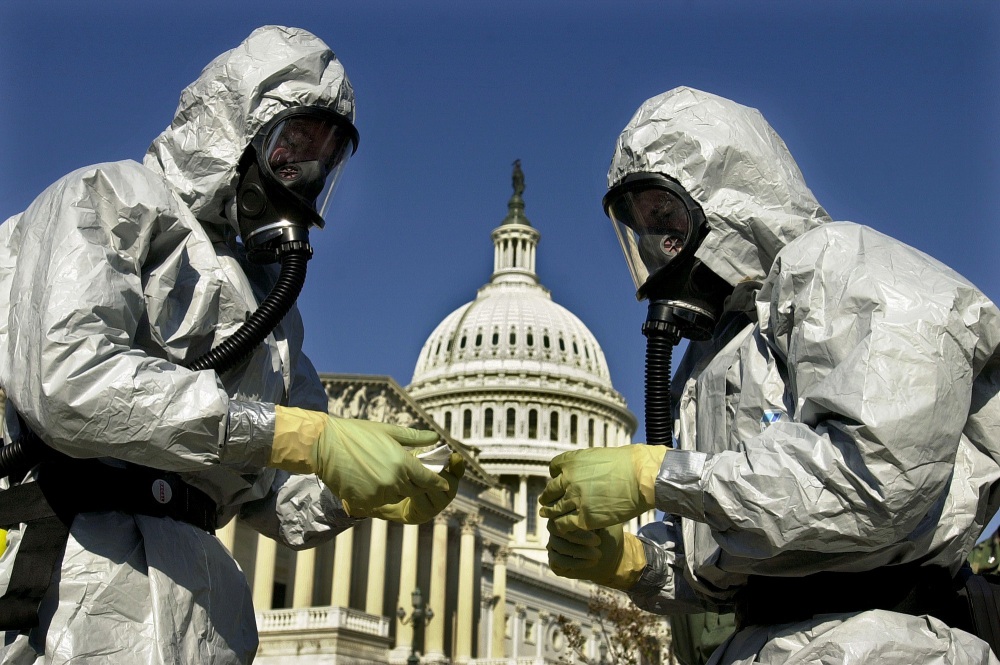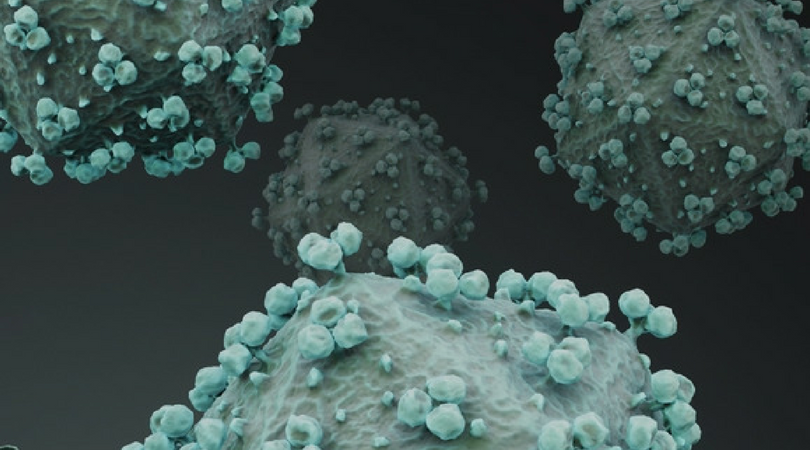
Jonathan Tucker
Director, The James Martin Center for Nonproliferation Studies
The 1972 Biological and Toxin Weapons Convention (BWC) bans the development, stockpiling, transfer, and use of biological weapons (BW) worldwide, but it does not include formal measures to ensure compliance by its 144 member-states. This lack of an enforcement mechanism has undermined the effectiveness of the BWC, as it is unable to prevent systematic violations by the Soviet Union/Russia and others.Although the 1972 Biological and Toxin Weapons Convention (BWC) prohibits the acquisition and possession of biological arms, it lacks a formal inspection system to ensure that the treaty's 144 member-states are complying with their obligations. Instead, Article VI of the BWC offers only the ineffective option of appealing to the United Nations Security Council in cases of suspected noncompliance.
Over the more than 25 years since the BWC entered into force, the number of countries possessing or actively pursuing biological weapons has more than doubled, from five to roughly a dozen today—including some member-states of the Convention. The spread of these weapons has increased the risk that they will be used or will fall into the hands of terrorists. Even if biological agents are not employed deliberately, they could escape from a clandestine production plant and cause a deadly epidemic in the civilian population. In 1979, for example, anthrax bacteria leaked from a bioweapons plant in the Soviet city of Sverdlovsk, triggering a serious outbreak of the disease.
In an effort to strengthen the BWC, member-states to the Convention held a special conference in September 1994 at which they established a new forum, the Ad Hoc Group, to negotiate a legally binding Protocol that would increase the transparency of treaty-relevant biological facilities and activities and thereby help to deter violations of the BWC. Over the ensuing six-and-a-half years, the Ad Hoc Group convened periodically in Geneva, although the negotiations progressed at a slow pace. One reason for the difficulty is that the BWC is more difficult to monitor than international treaties controlling nuclear or even chemical arms:
Because of these dual-use dilemmas, the BWC Protocol was not designed to be capable of detecting violations with a level of confidence comparable to that of verification systems for treaties controlling nuclear or chemical arms. Instead, the primary aim of the Protocol was to provide greater information about, and access to, dual-capable facilities and activities that could potentially be misdirected for BW purposes. Such increased transparency was believed to provide a useful deterrent by complicating any efforts of countries attempting to defraud their BWC obligations.
The monitoring regime contained in the draft BWC Protocol has three basic elements:
As a quid pro quo for accepting these requirements, a number of developing countries demanded expanded transfers of technology and liberalization of trade to promote the peaceful uses of biotechnology.
The "golden rule" of multilateral arms control is that the rights and obligations established by a treaty must apply equally to all participating states. If the U.S. government wishes to inspect bioindustrial sites in countries of proliferation concern, such as Russia and Iran, it must be willing to accept the same types of monitoring activities at plants on American soil. Thus, a key challenge facing the BWC Protocol negotiators in Geneva was to design an on-site inspection system that was intrusive enough to give member-states a reasonable level of confidence in compliance, while reassuring private biotechnology and pharmaceutical companies that their commercial interests would be protected.
Progress in the BWC Protocol negotiations was hampered by major differences between national positions and skepticism from private industry groups toward the proposed regime. In June 2001, in an effort to move the talks forward, Ad Hoc Group chairman Tibor Tóth compiled a 210-page "composite text" that attempted to finesse many of the outstanding issues. Under the rules of the negotiations, the draft Protocol would have to be adopted by a consensus of all 56 participating countries, only one of which could block approval.
After the Bush administration took office in January 2001, a U.S. government interagency committee undertook a comprehensive review of the draft BWC Protocol and identified 37 serious problems with the chairman's text. In deciding to reject the draft Protocol and withdraw from the negotiations, U.S. officials concluded that the proposed regime would compromise legitimate biodefense research and commercial trade secrets, yet would be ineffective in stopping would-be proliferators from acquiring a biological weapons arsenal. Other participating countries, however, contend that the draft Protocol, while flawed, offers a reasonable balance between on-site inspections intrusive enough to increase confidence in compliance, and the protection of legitimate national security and trade secrets.
Initially, some members of the Ad Hoc Group recommended approving the BWC Protocol without the United States. But chairman Tóth decided that it did not make sense to continue the negotiations without the United States, which has one of the world's largest biotechnology industries.
At the Fifth Review Conference of the BWC, which was held in Geneva from November 19 to December 7, 2001, the United States proposed that the Ad Hoc Group's mandate be terminated, thereby blocking the consensus needed to adopt the politically binding Final Declaration. To prevent the outright failure of the Review Conference, the chairman suspended the meeting until November 2002.
In September 2002, Bush administration officials advised its allies that its views on an enforcement protocol differ so significantly from proposals under discussion, that a meeting would not be productive. The United States recommended that the parties hold a very brief meeting in November, or no meeting at all, and reconvene in 2006 when the next review conference is scheduled. U.S. officials have threatened to identify publicly suspected treaty violators unless the November 2002 session avoids discussion of the creation of a mechanism for treaty verification and monitoring.
Critics of the U.S. approach to the BWC believe Washington's rejection of the Protocol is flawed and is undermining the Convention. Whether states parties are able to find other ways to strengthen the BWC in November 2002 despite U.S. opposition remains to be seen.
The Biological Weapons Convention
Sign up for our newsletter to get the latest on nuclear and biological threats.
Understanding biological weapons, as well as biosafety, biosecurity, and BW nonproliferation, is the focus of this tutorial.
Understand biological weapons, as well as biosafety, biosecurity, and BW nonproliferation.
Evolution of the Biological Weapons Convention, challenges to its legitimacy - the lack of a verification mechanism and advances in biotechnology. (CNS)

